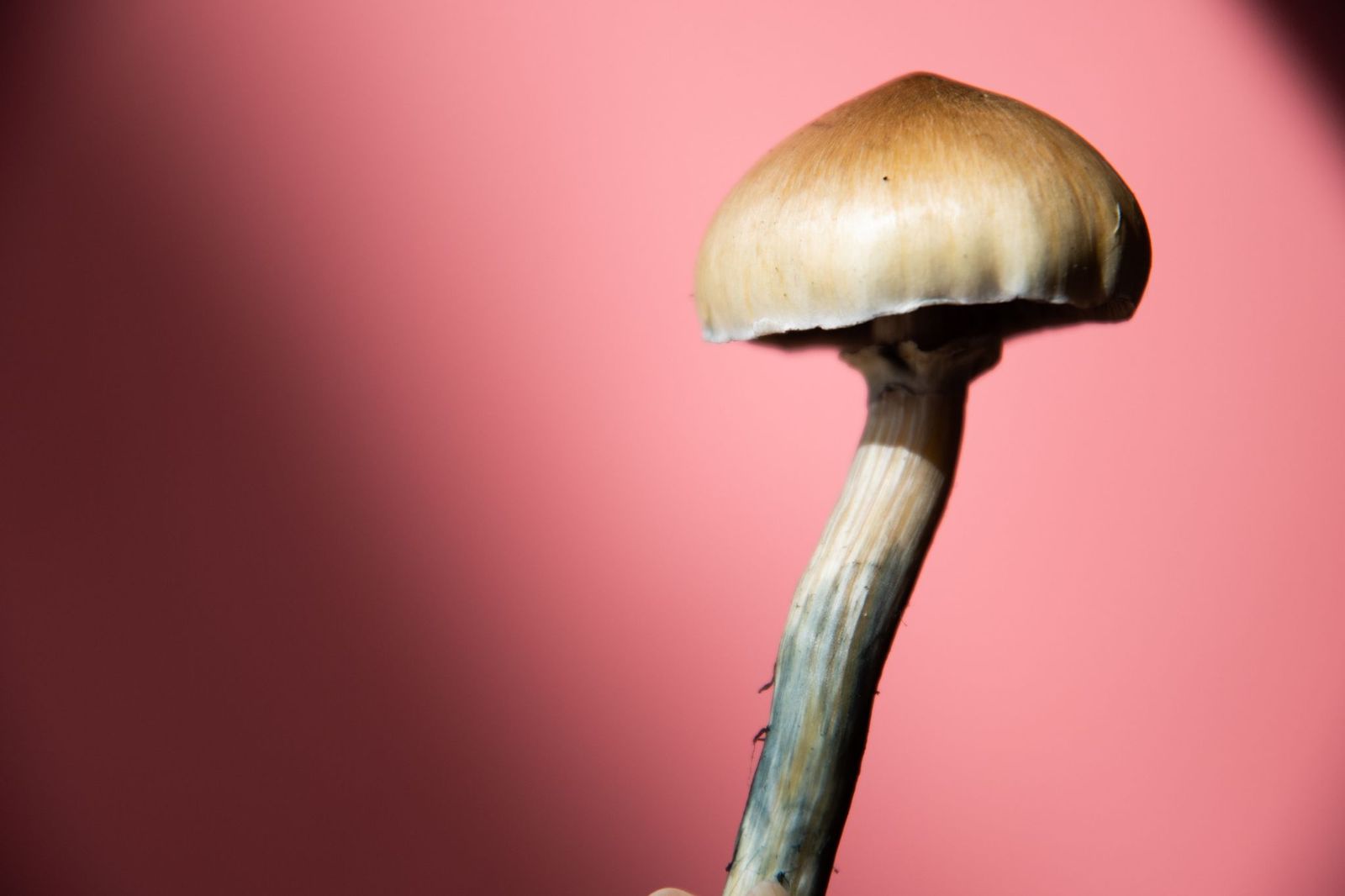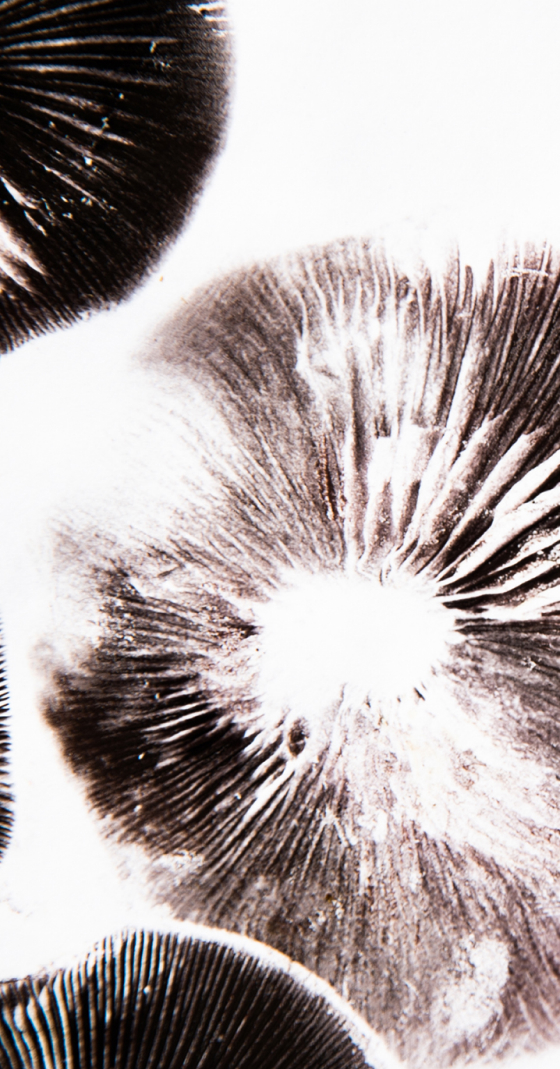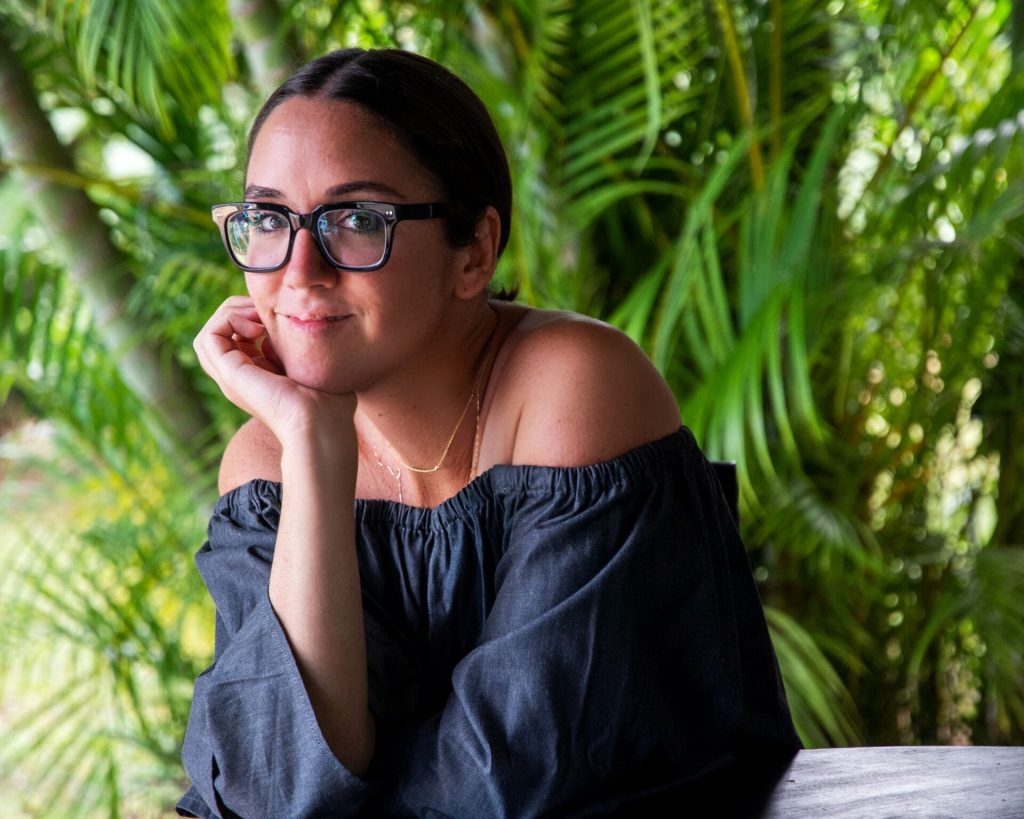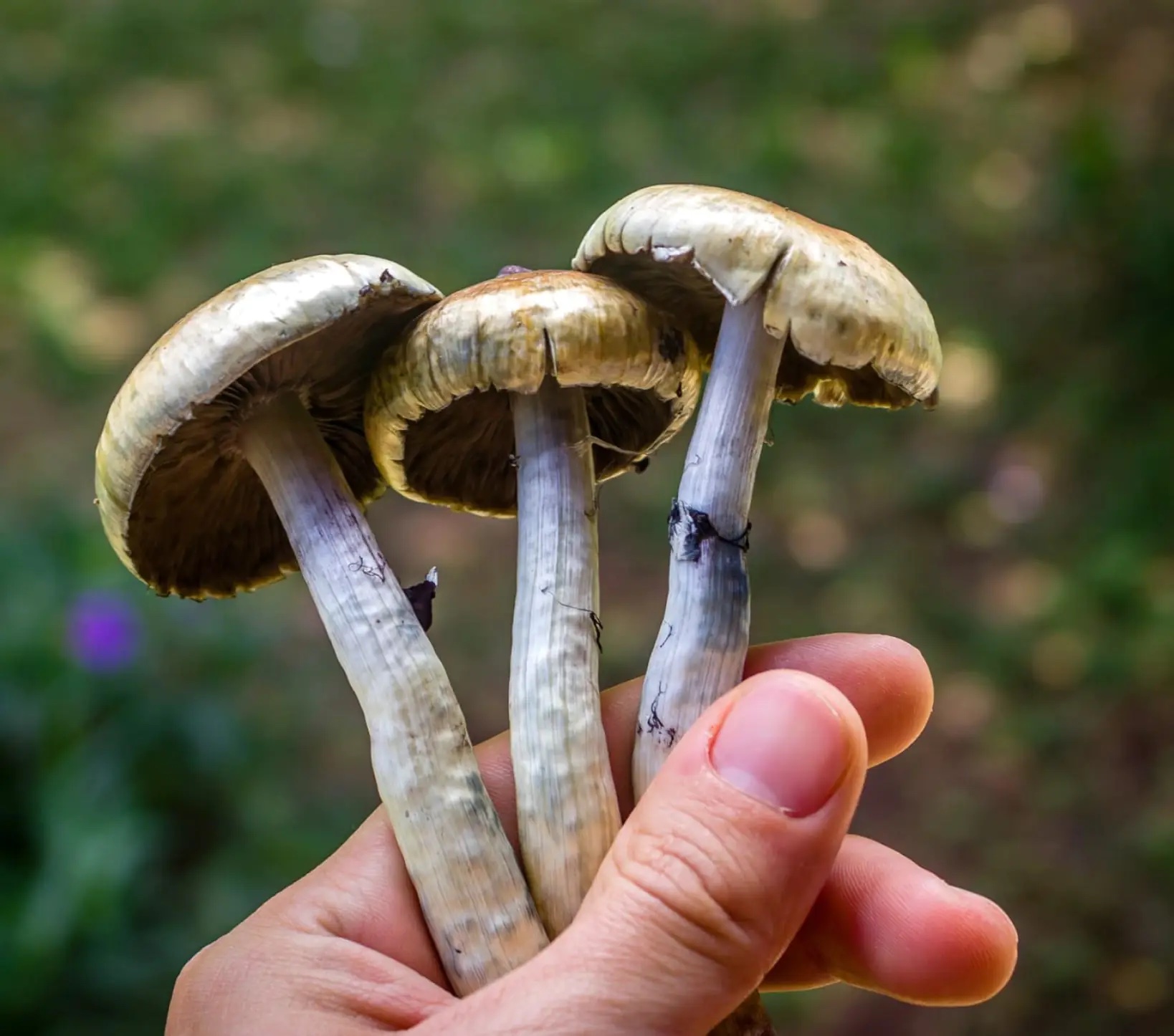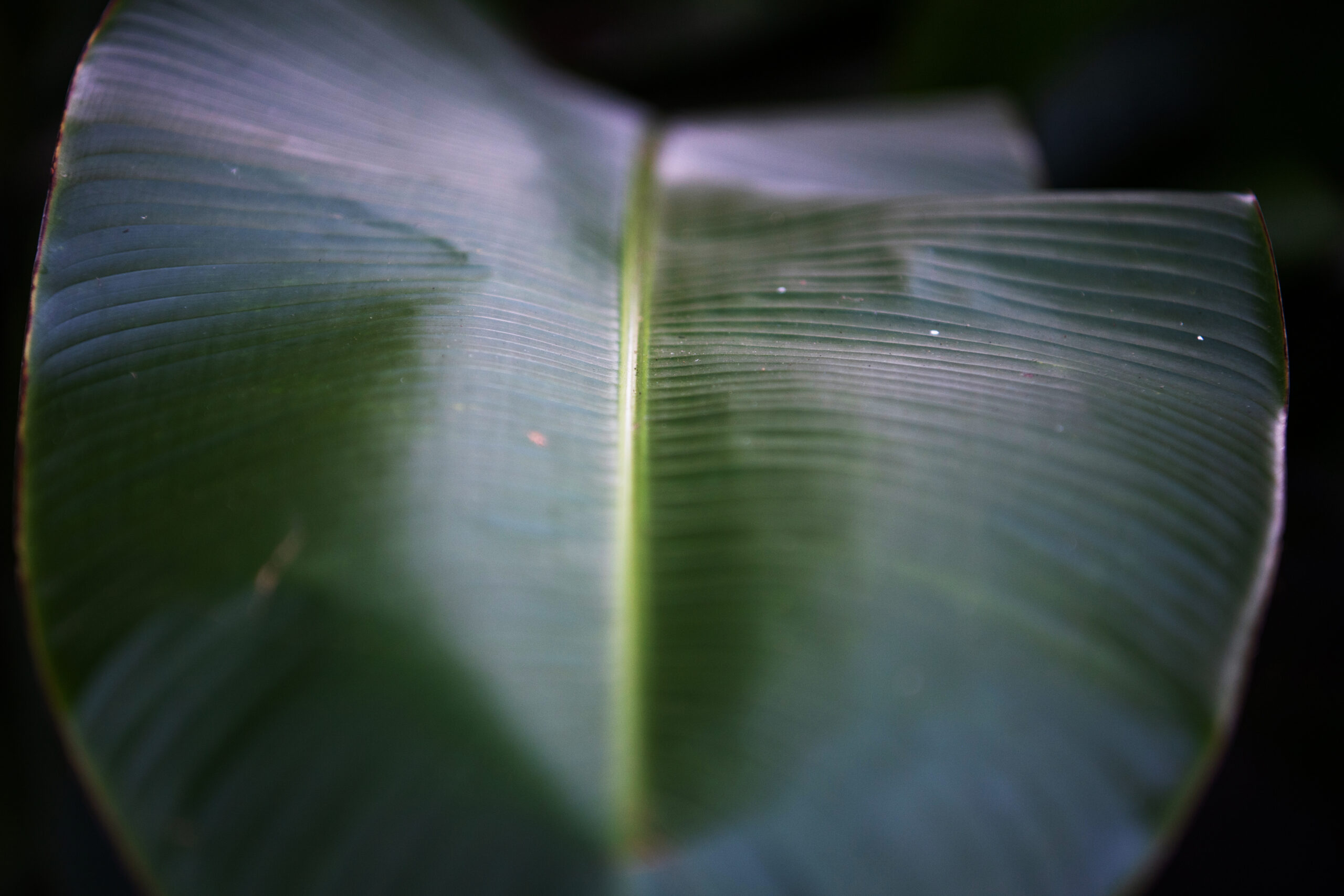
Ayahuasca vs. Psilocybin Mushroom Retreats: The Ultimate Guide
Healing with psychedelics means finding your ideal medicine and an approach that works for you. In this guide, we explore everything you need to know about ayahuasca and mushroom retreats, two of the most popular options for psychedelic healing.
Published on: April 30, 2023
Ayahuasca vs. Psilocybin: Which is Right for You?
Not all psychedelic substances are the same. Choosing between the potential benefits of substances like ayahuasca or psilocybin mushrooms is more than a matter of chemistry, as each is used in different contexts.
The use of ayahuasca and psilocybin mushrooms (or magic mushrooms) goes back thousands of years. However, modern use cases for psilocybin mushrooms and ayahuasca are being integrated into a society hungry for solutions to dismal mental health conditions and what some call a “crisis of meaning.”
Psychedelic retreats using ayahuasca and mushrooms may incorporate practices established by Indigenous peoples to navigate these unique experiences. However, the exploding interest in psychedelics from advances in scientific understanding and a modern therapeutic emphasis are changing the use of these medicines in contemporary societies.
In this article, we explore the difference between ayahuasca and psilocybin mushrooms. From ancient use to modern evolution, chemical compounds, physical and mental effects, and what to expect at ayahuasca and mushroom retreats.
Ayahuasca vs. Mushrooms: How to Choose the Right Healing Experience
Before booking an ayahuasca or mushroom retreat, it is important to examine the type of environment you want to have your psychedelic experience in, as well as your needs and intentions. With the large variety of backgrounds and approaches from providers across numerous countries offering psychedelic retreats, it is essential to select a retreat that most closely resonates with you and your goals.
Different ayahuasca and psilocybin retreats will have unique frameworks for relating to the medicine experiences and providing integration. Based on this framework, the staff will support you in a way that aligns with their process, and the retreat will attract people who resonate with this approach to the medicine.
To help guide your search for the right healing experience, here are some questions you might consider:
- Are you looking for a therapeutic retreat that incorporates elements of psychotherapy with which you are most familiar?
- Do you want to experience ayahuasca or psilocybin mushrooms authentically through another culture with the help of a shaman?
- Are you interested in exploring consciousness and spirituality?
- Are you hoping to heal trauma and overcome mental illness?
It's essential to ask these questions, as they will help guide you to an ayahuasca or mushroom retreat provider that is best equipped to offer the support that aligns with your goals.
Setting Intentions for Ayahuasca and Psilocybin Experiences
“Setting an intention” is a popular phrase in psychedelic circles. It means asking “Why do I want to do this?” Some people may be seeking healing. Others, personal development. For another, it may be spiritual exploration. There are countless reasons to seek out a psychedelic experience, each highly individual.
An intention is typically a simple and personally meaningful statement that helps people navigate and make meaning from psychedelic experiences. Intentions could be statements like “I will stay curious,” requests like “Help me find ease,” or questions like “Why am I here?”
Understanding why you will spend time, money, and a great deal of energy on what many claim to rank as one of the most significant experiences of their lives is essential. Intentions matter because they guide you to the right retreat centers, therapists, facilitators, and groups of people with whom you will share the experience.
Once you know your motivations, the next step is to find the right retreat. Here are some questions to consider before embarking on an ayahuasca or psilocybin journey:
- Why am I doing this?
- What am I hoping to accomplish?
- Where will I be the most comfortable?
- Who do I want to be around?
- What modalities will the facilitators be using?
- What kind of support do I want?
- What is the ratio of guests to facilitators?
- What substances are best for me?
- Which protocols are in place?
- How does integration with this group work?
With an understanding of why you want to join a psychedelic retreat, it is easier to choose between ayahuasca and mushrooms. Specifically, there are some differences between:
- Active components of each substance
- The context they are taken in
- What the psychedelic experience is like
What are Psilocybin Mushrooms?
Psilocybin mushrooms are naturally occurring fungi growing worldwide and have a rich historical use. Mushrooms appear in the rock art found at ancient sites. References to mushroom use appear on most of the world's continents. We know the Aztec and Maya people of Central America used mushrooms, calling them the “flesh of the gods.”
When Spanish colonists suppressed the use of mushrooms, the practice continued in secret until 1955, when a Mazatec curandera, Maria Sabina, shared mushrooms with an American banker, R. Gordon Wasson. These “magic mushrooms” soon became a cultural sensation, leading to the discovery of new psilocybin species and their introduction into the Western world through scientific research and the 1960s counterculture movement.
After decades of prohibition starting in the early 1970s, psilocybin mushrooms have returned to the spotlight of clinical research and at psilocybin therapy retreats. Now, scientists and therapists have found newfound curiosity for the psychological impacts and psychedelic effects of the psychoactive compound “psilocybin.”

What is Psilocybin?
Psilocybin is one of many active compounds found in psychedelic mushrooms and appears to occur only in fungi. The most common is Psilocybe cubensis, but we know of approximately 180 species within the category of “magic mushrooms”.
Scientists are still learning how psychedelics work. So far, we know that when psilocybin is consumed, it is converted into the active psychoactive compound, psilocin. Psilocin is what interacts with receptors in our nervous system and is responsible for the psychedelic effects of psilocybin mushrooms, as psilocybin itself is not bioactive. Different receptor sites are associated with various functions in the body. Psilocybin interacts with multiple receptors, but special attention is focused on the 5-HT2A receptor. The 5-HT2A receptor appears to be the key receptor with which all classic psychedelics interact, creating consciousness-altering effects.
What is Ayahuasca?
No one can confidently say how long ayahuasca has been in use. The origins of ayahuasca consumption can be traced back to the Indigenous people of the Amazon rainforest in South America, notably the Shipibo-Conibo. People practicing ayahuasca traditions with minimal interference from the outside world have kept the relationship between ayahuasca and “vegetalismo”, or learning from plants and spirits, strong. These traditions, now commonly called “shamanism,” are a big part of ayahuasca ceremonies.
The worldview and traditional medicine of the Amazonian people is a complex world of relationships that a shaman navigates to facilitate healing. The culture surrounding the ayahuasca experience remains somewhat mysterious to outsiders, but its reputation has inspired researchers to study the psychedelic brew.
Ayahuasca is a mixture of several different plants. The core of this mixture consists of the ayahuasca vine (Banisteriopsis caapi) and the chacruna plant (Psychotria viridis). Combining these plants and drinking the mixture allows for the compound N, N-dimethyltryptamine (DMT), the primary active alkaloid responsible for the ayahuasca experience, to induce its signature altered state.

What is DMT?
DMT is a naturally occurring compound found throughout the natural world. It is produced in the human body and many plants. Usually, DMT inside the human body is broken down rapidly, making psychedelic effects short if smoked in its pure form or nonexistent if eaten. DMT is broken down by an enzyme in the body called monoamine oxidase.
People in the Amazon figured out that ingesting the ayahuasca vine prevents the breakdown of DMT because it contains other active compounds known as “monoamine oxidase inhibitors.” Researcher Dennis McKenna documented how the Banisteriopsis caapi vine “inhibits” the activity of MAO, allowing DMT to be consumed in an orally active form.
DMT’s molecular structure is very similar to psilocybin, and both interact with the body in comparable ways. Each compound binds to similar receptors but elicits different reactions, along with interacting with multiple groups of receptors. Despite similarities between their physical and mental effects, there are some differences between the two substances.
Ayahuasca vs. Psilocybin Mushroom Experiences: What’s the Difference?
While both ayahuasca and psilocybin mushrooms generally share positive outcomes when taken responsibly, the journey that ayahuasca or mushrooms take people on to arrive at their goal is different. As they say, it’s not the destination but the journey. The actual experience of each substance will depend on the dose, preparation, and “set and setting.”
Set and setting are linked to achieving desired results with psychedelics and are key differences in the ayahuasca vs. mushrooms conversation.
“Set” means the mindset one has going into a trip. Mindset includes:
- Expectations
- Intentions
- Beliefs
- Personality
- Emotional landscape
- Knowledge and research
- Framework of understanding
“Setting” refers to the environment in which an experience occurs. Considerations here are:
- Comfort
- Safety
- Legality
- Other participants
- Facilitators
- Culture
- Music
- Inside vs. outside
- Objects present
Researchers, therapists, and group facilitators spend a great deal of time creating the ideal setting and mindset for ayahuasca and psilocybin experiences, as they both feed into one another.
In 2025, a guideline called Reporting of Setting in Psychedelic Clinical Trials (ReSPCT) was developed through a consensus study based on interviews with 89 experts involved in psychedelic research. The ReSPECT guideline outlines the 30 most critical set and setting variables for psychedelics practitioners and researchers to consider when working with clients or study participants.
The most apparent distinction between ayahuasca and mushrooms is not just their effects, but the context in which they are consumed.
Effects of Ayahuasca and Mushrooms
Both ayahuasca and psilocybin are classical psychedelics. They are comparable because they induce altered states involving:
- Visual distortions
- Visions and memory activation
- Amplified feelings and emotions
- Cognitive insights and introspection
- Dissolution of the ego
- Changes to heart rate and body temperature
- Physical reactions such as nausea, sweating, shaking, or yawning
The compounds also show groundbreaking potential in the laboratory as a much-needed mental health treatment. Psilocybin has progressed to clinical trials and is designated a “breakthrough therapy” by the FDA, paving the way for widespread legal access.
On average, both ayahuasca and psilocybin experiences last for about 4-6 hours. Both substances may help people with a growing list of other conditions that can be tough to treat, including:
- Depression
- Addiction
- Generalized Anxiety
- Social Anxiety
- PTSD
- OCD
- Body dysmorphia
- End-of-life distress
- Chronic pain
- TBI-related symptoms
Ayahuasca and psilocybin mushrooms both require screening for mental and physical health concerns. Reputable psychedelic retreats offering ayahuasca and mushrooms will have a detailed application process and firm knowledge of what is and isn’t safe. Asking questions of retreat organizers should be easy, and the answers should be clear.
Ayahuasca – What to Expect
Ayahuasca is often held in a group ceremonial setting. An ayahuasca ceremony is typically led by traditional healers who have undergone extensive training in the jungle as part of an apprenticeship that includes learning directly from the plants and spirits. Shamans work with a unique set of tools that have been passed down through generations of curanderos and curanderas within their lineage.
The shaman often speaks very little and instead sings icaros, which are healing songs said to be delivered by the spirits of the plants. Relationships with various plants, animals, and spirits may also be part of the healing work, and to navigate these, shamans will sing, pray, and work with other healing plants, such as tobacco.
Ayahuasca traditions often focus on “cleansing”, and a powerful function of the ayahuasca brew is “la purga” or “the purge.” This manifests as strong physical effects, such as vomiting, diarrhea, crying, or shaking. From the Amazonian perspective, these responses are positive and open one up to deeper work with ayahuasca.
Ayahuasca experiences can be both very challenging and beautiful. Ayahuasca can draw attention to aspects of one’s life, leading to profound life changes and spiritual growth. This experience provides insight and meaning into how someone has arrived at their current life stage, often through what people describe as direct communication with the spirit of ayahuasca.

Preparation for Ayahuasca
A significant part of an ayahuasca experience is preparation. Ayahuasqeros – shamans who lead ayahuasca ceremonies – do extensive dietas (a period of lifestyle and dietary restrictions to prepare one for the ayahuasca experience). The shaman will often do this in isolation in the jungle to learn their craft, and it involves abstinence from sex, media, and many foods.
Participants in an ayahuasca retreat will be asked to undertake similar restrictions on food, sex, and perhaps other activities before consuming the psychoactive brew. A typical ayahuasca diet will restrict red meat, cheese, salt, sugar, and refined or fermented foods. However, the science is not so clear when it comes to whether certain foods restricted in the dieta interact with ayahuasca in a harmful way. For instance, members of the ayahuasca church União do Vegetal (UDV) don’t follow these dietary restrictions, as they don’t believe there is a significant risk involved.
The ayahuasca dieta is thought to increase one’s sensitivity to ayahuasca while removing distractions. The regimen also includes mental preparation for what will likely be an intense experience, as the dieta requires discipline to complete.
The dieta also avoids potentially dangerous interactions with certain medications. With ayahuasca in particular, certain medications (like antidepressants) must be avoided as they could cause harmful and possibly lethal interactions. The psychedelic researcher Kelan Thomas points out:
“The main risk is serotonin toxicity, which can occur when a drug that acts on the serotonin receptor — like SSRIs and many psychedelics — are mixed with a monoamine oxidase inhibitor (MAOI) that prevents the metabolism of serotonin.”
Since ayahuasca contains MAOIs, it should not be taken if you’re currently on any serotonin-focused antidepressants, such as SSRIs or SNRIs.
Psilocybin – What to Expect
Psilocybin makes people highly sensitive to their environment and inner experiences. Small moments can seem huge and meaningful, while emotions can surface in powerful ways. With trained professionals to help prepare, navigate, and integrate a psilocybin experience, it is possible to harvest a significant amount of meaning from a psilocybin mushroom journey.
At this point in history, psilocybin is used in many different contexts. Indigenous practices and the history of psilocybin inform modern use, but the therapeutic use of psilocybin is generally very different from its traditional settings. Many practitioners still administer psilocybin mushrooms in ceremonial settings. However, psilocybin mushroom retreats in the modern world are increasingly evidence-based and supported by modern, therapeutic approaches.
Lessons learned from clinical trials with psychedelic-assisted therapy now inform the use of psilocybin mushrooms. Nowadays, many practitioners working with psilocybin have a mental health background. Similar to therapy, clients are guided through preparation and integration with an emphasis on the psilocybin experience. Practitioners are also trained in how to best support people during the session. While some have found personal growth through self-directed psilocybin journeying, we now know that the journey to healing from conditions like depression, anxiety, and addiction means including preparation and integration support from professionals.

Preparation for Psilocybin Mushrooms
Psilocybin mushrooms require significant mental and emotional preparation, but do not require a special diet or abstaining from sex. A high dose of psilocybin often generates intense challenges but may lead to profound cognitive insights, emotional breakthroughs, and mystical experiences. Taking the time to prepare one’s mindset before a psilocybin mushroom experience helps manage expectations, anticipate challenges, and put the mind at ease.
Preparing for a psilocybin retreat involves considering set and setting, establishing trust with facilitators and therapists, and establishing personal intentions. Most medications, like antidepressants, do not typically pose a serious risk as they can for ayahuasca, since psilocybin mushrooms don't contain MAOIs. However, certain psychiatric medications, such as MAOIs or lithium, do pose a significant risk for psilocybin users.
Besides the risk profile of different classes of medications, most medications will significantly diminish the effects of psilocybin regardless of risk factor. It’s recommended to discontinue medications with professional support before a retreat, if possible.
Before taking mushrooms, usually a few hours of fasting is recommended. Because psilocybin mushrooms can cause nausea, attention to food intake before the dose is important, although vomiting and diarrhea are rare. It's thought that eating close to the time of consuming psilocybin mushrooms slows the onset of the experience, as it is metabolized more slowly.
In short, we can see that, when comparing ayahuasca and psilocybin mushrooms, the latter usually involves less personal sacrifice and physical discomfort.
Choosing Between Ayahuasca and Mushrooms
The safety of both ayahuasca and psilocybin mushrooms has stood the test of time, particularly alongside skilled and professional facilitation. Choosing between ayahuasca and mushrooms means honestly considering your personal preferences for the set and setting best suited for you.
Ayahuasca vs. Psilocybin Retreats: An Overview of Legal, Therapeutic, and Cultural Factors
Ayahuasca can be accessed legally in numerous South American countries. Vetting shamans is essential because in parts of the world with less economic opportunity, poorly intentioned impersonators do take advantage of uninformed travelers. However, traditional shamans with good training and integrity help many people every year. Joining an ayahuasca retreat involves being open to interacting with a culture that is both ancient and unfamiliar. There may be language barriers, and understanding the worldview of people from the Amazon won’t happen during a short retreat.
The best ayahuasca retreats should be trauma-informed, but the quality of facilitation varies, so be sure to find centers with well-trained support staff, ideally with a mental health background. A safe ceremonial setting will be led by an experienced shaman, accompanied by a trustworthy support staff. It is essential to ask how many people will be at an ayahuasca retreat, as large groups can lead to less individual support, which dramatically influences the dynamic of the experience.
Ceremonies are often led with prayers, medicine songs, icaros, tobacco, offerings, and other traditional healing technologies. Proper preparation before ayahuasca and integration afterward is essential for a safe and comfortable experience, which requires doing your homework to find trustworthy retreats, shamans, and facilitators.
Psilocybin can be accessed legally in a few countries, such as Jamaica and the Netherlands. Psilocybin retreats may draw some influence from traditional use, but practitioners utilizing psilocybin typically work through a psychological or transpersonal lens. Using relatable concepts and language helps people from Western countries prepare for, integrate, and ultimately understand their psilocybin experiences.
Psilocybin retreats should also be trauma-informed, and many still lack the necessities for the best care. The highest-quality retreats employ facilitators with strong mental health backgrounds and maintain retreat sizes that are optimal for the number of staff to provide the proper level of support.
MycoMeditations Psilocybin Retreat
The MycoMeditations experience provides numerous trained therapists to best care for guests seeking psychedelic-assisted therapy with a modern approach. People can receive psilocybin therapy in an intimate setting with a maximum of 12 guests and a high staff-to-guest ratio of approximately 1:1.5. Each day, hours of preparation and integration are provided to ensure that guests receive the most healing from their psilocybin experiences, along with integration support once they return home.
If you’d like to learn more about MycoMeditations, we invite you to explore the rest of our website and apply if you wish to join us on a retreat.
